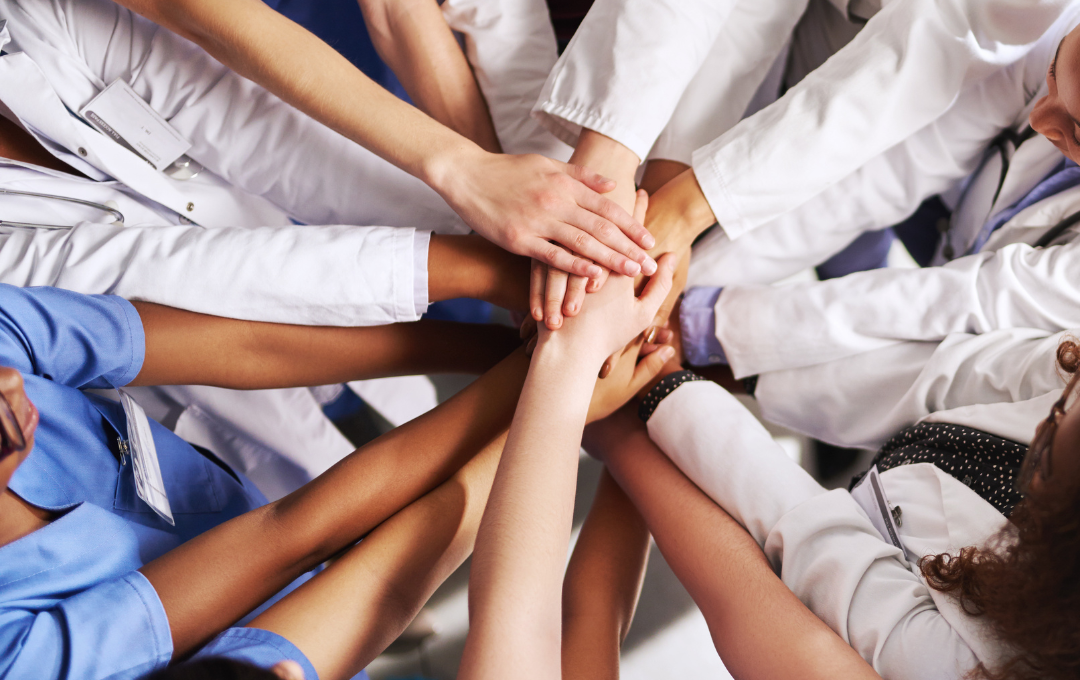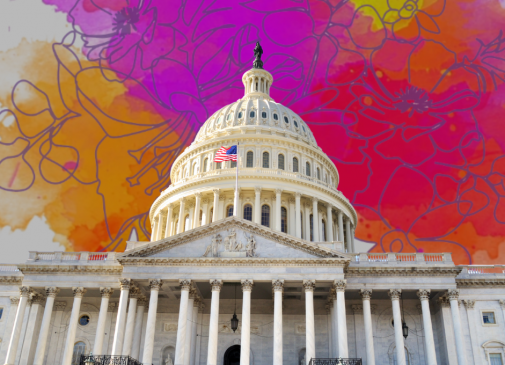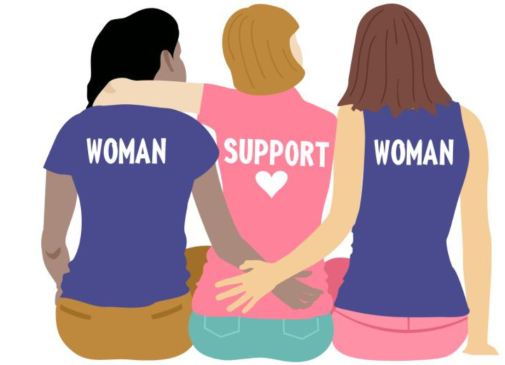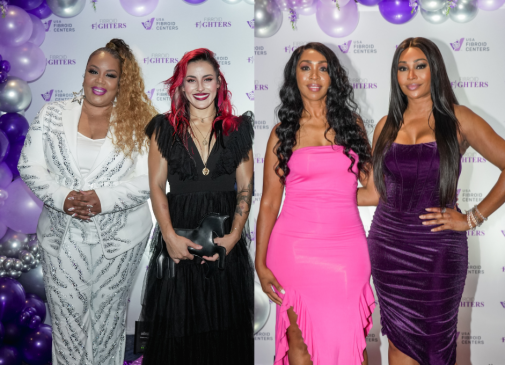
Health equity and health equality are both important in healthcare, but they represent different approaches to improving access and outcomes. Understanding the distinction is important when addressing the needs of marginalized communities, including those within the LGBTQIA+ population.
Health equality refers to treating all patients the same way. While this sounds fair, it assumes that everyone begins with the same circumstances and faces the same challenges. This approach often overlooks the social, economic, and systemic barriers that prevent people from receiving the care they need.
Health equity focuses on fairness. It involves recognizing that different individuals have different needs and may require additional support or accommodation to achieve the same level of health. This may include addressing language barriers, discrimination, financial limitations, or past medical trauma.
Fibroid Fighters recognizes that improving outcomes for patients includes promoting awareness about health equity and equality, supporting populations that may not have the healthcare resources they deserve. Aiming for equity helps address the needs of patients who face medical discrimination, including gay and transgender people. By working toward equitable care, we can help ensure that all people with uteruses receive appropriate, respectful, and effective treatment.
The Importance of Pride Month
Every June, LGBTQ Pride Month is celebrated to honor the Stonewall Uprising, which marked the turning point for the Gay Liberation Movement in the United States. The Stonewall Uprisings catalyzed the LGBTQ+ rights movement and ignited a newfound sense of unity and activism within the community. It inspired the formation of numerous gay rights organizations and advocacy groups across the United States, which sought to fight against discrimination and advocate for equal rights.
The anniversary of the Stonewall Uprisings is now used as a time to reflect on the struggles faced by the LGBTQIA+ community and to celebrate the progress. Pride Month is celebrated worldwide and recognizes the impact that lesbian, gay, bisexual, and transgender individuals have had on history.
So, what does LGBTQIA+ mean?
In 2009, “there were only four letters commonly used to group various sexual and gender minorities: L, G, B, and T.”2 They stood for lesbian, gay, bisexual, and transgender. Since 2009, the letters have become more of an alphabet, now LGBTQIA+. It leads many people to wonder just what those letters mean.
The ABCs of LGBTQIA+
- Lesbian and Gay – regularly grouped together, lesbian and gay people are people who are attracted to people of the same gender
- Bisexual – when a person finds both men and women physically, sexually, or emotionally appealing
- Transgender – someone whose gender identity or gender expression differs from the sex given to them at birth
- Queer – a catch-all word for those who are not straight or cisgender
- Intersex – individuals whose biology, as according to the Office of the United Nations High Commissioner for Human Rights, “do not fit typical binary notions of male or female bodies”
- Asexual – someone who does not feel sexually attracted to anyone. There is actually a spectrum of asexuality, including demisexual and grey sexual, which you can read more about here.
- + – the plus sign stands for those individuals who do not want to be put in a box, or those who are unsure of how they identify, and “a denotation of everything on the gender and sexuality spectrum that letters and words can’t yet describe.”
Why Does It Matter to Fibroid Fighters?
It’s important that the LGBTQIA+ community get the same opportunities for treatment as a cis-heterosexual person. Thousands of people lost their lives during the HIV/AIDS epidemic in the 80s because it was characterized as a “gay” disease. This health crisis highlighted the severe discrimination the LGBTQIA+ community faced during that time. It was a catalyst for the fight for equity in healthcare.
The fact of the matter is this: transgender men can have a uterus. Non-binary individuals can have a uterus. Not all women have a uterus. However, uterine fibroids are a unifying factor among people who have uteruses.
What People with Uterus Need to Know About Fibroids
Uterine fibroids are compact tumors of smooth muscle cells and fibroid connective tissue, ranging from as small as a seed to as large as a melon. They can appear if you have a uterus for them to grow in or against. Some of the symptoms of uterine fibroid disease are:
- Menstrual cycles that last longer than seven days.
- Saturating pads or tampons in less than two hours.
- Pelvic pain or excessive cramps.
- Fullness or pressure in the abdomen.
- Pain during intercourse.
Our mission is to educate about uterine fibroid disease, which impacts up to 80 percent of people with a uterus by age 50. It is important to understand the symptoms and treatment options of this often debilitating condition.
Learn more about the minimally invasive nonsurgical treatment, uterine fibroid embolization (UFE).
Working With Your Health Care Team
Those in the LGBTQIA+ community need to feel safe in their doctor’s office and trust that these doctors will believe what they say about their symptoms. Fibroid Fighters is continuing to work on spreading LGBTQIA+ education this Pride Month regarding healthcare and has come up with a list of resources to help support the effort of gender-neutral and LGBTQIA+ safe healthcare facilities.
- Human Rights Campaign: Healthcare Equality Index 2024
- A Lumen Learning Course: History and Culture of Medicine and LGBTQ People
- An American Progress Article: Discrimination Prevents LGBTQ People From Accessing Health Care
- A PBS Timeline: Milestones in the American Gay Rights Movement
- Centers for Disease Control and Prevention: Resources for LGBTQ+ Youth and Friends/Supporters
- The Trevor Project: Resources
- The Safe Zone Project: Resources
Works Cited:
- https://www.loc.gov/item/today-in-history/june-28/
- https://www.nytimes.com/2018/06/21/style/lgbtq-gender-language.html







